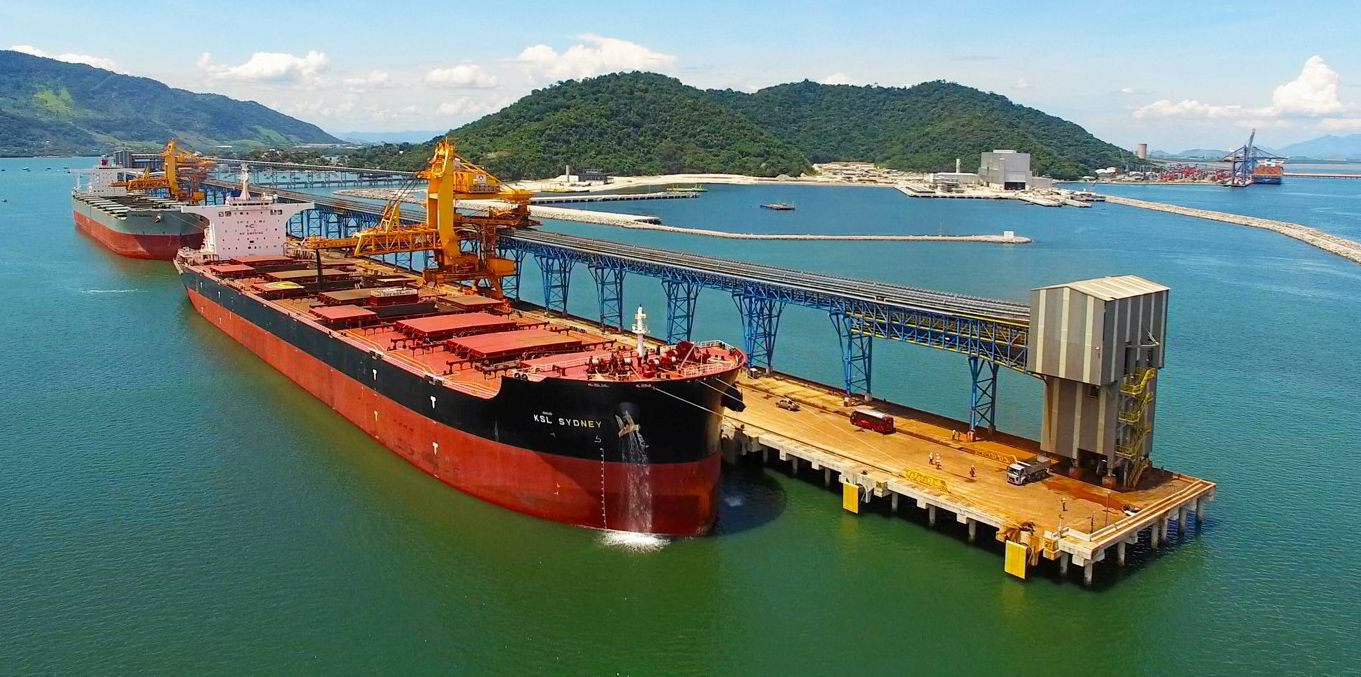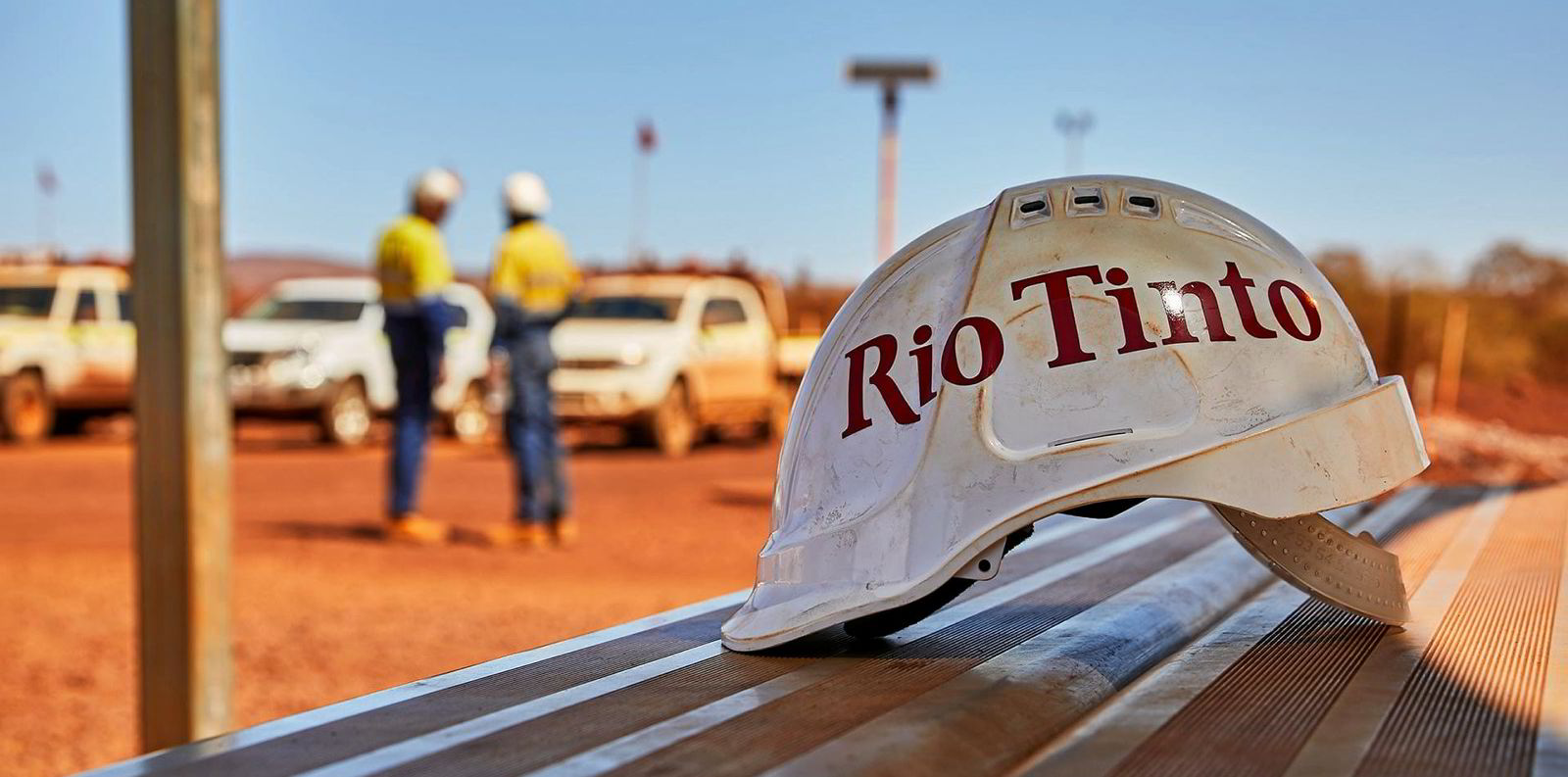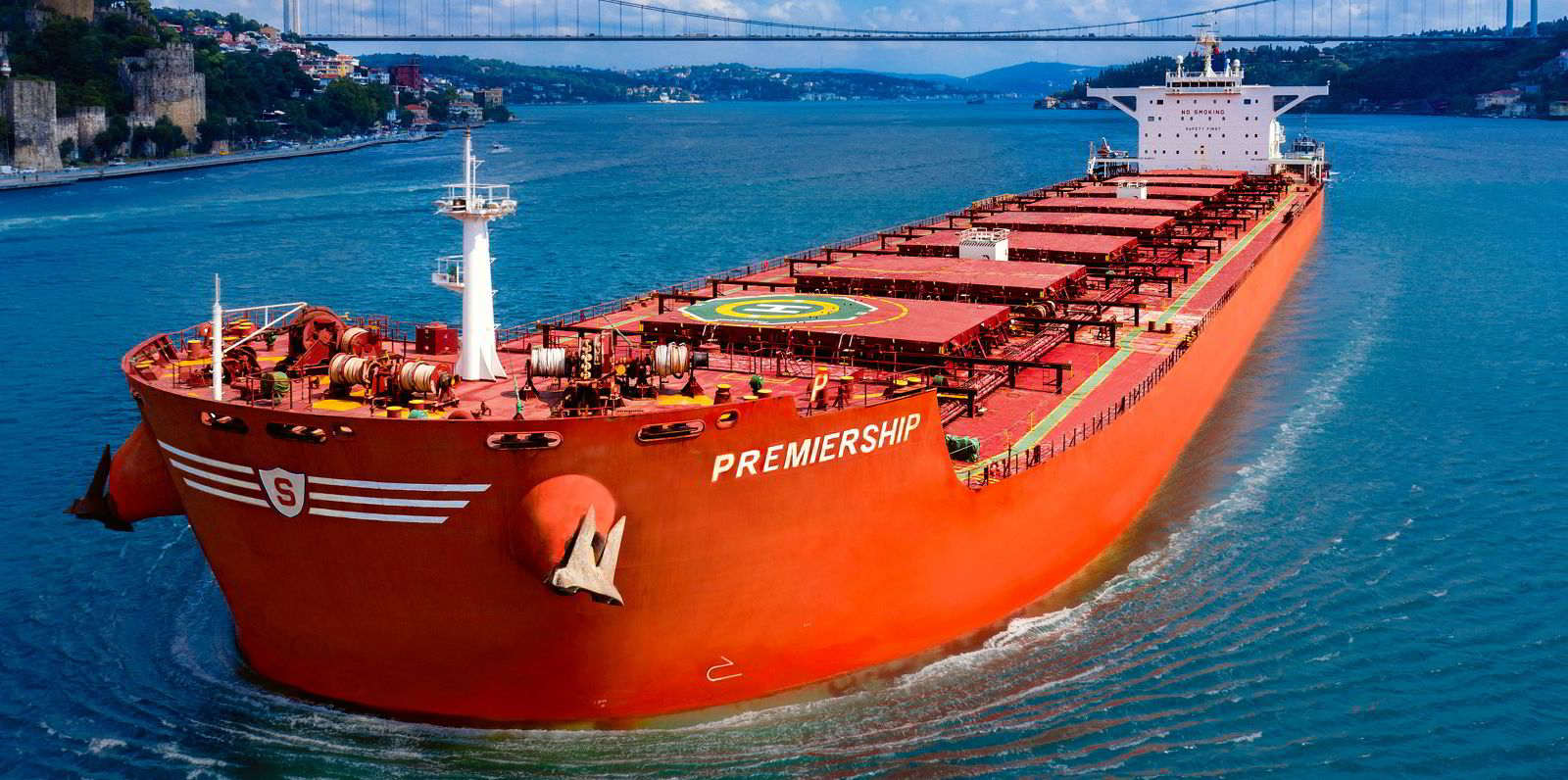China’s iron ore imports fell to their lowest level in five years in 2021 and look set for a further decline this year, the latest data shows.
The world’s largest importer of iron ore imported 982.3m tonnes last year, down 11.4% year-on-year and the lowest annual volumes since 2016, according to figures from Banchero Costa.
“Iron ore imports into China corrected significantly in 2021 from the record levels seen previously,” the broker said.
“Iron ore imports in 2020 increased by 6.9% year on year to over 1.1bn tonnes, as China took advantage of favourable low prices when much of the rest of the world was shut down in lockdowns.
“However, high iron ore prices in 2021, combined with a slowdown in construction activity following the financial troubles of developer Evergrande, resulted in a significant slowdown in steel production and iron ore demand in China,” the broker added.
Banchero Costa said the situation is not looking any better this year, with imports in the first three months of 2022 down 8.5% year-on-year to 252.7m tonnes. This is the worst first quarter since 2017.

China’s reduced imports of iron ore are also hurting tonne miles for the dry bulk market, according to Banchero Costa.
In the first quarter of 2022, imports from Australia were down just 1.3% year-on-year, whilst volumes from Brazil were down a massive 24.3% year-on-year.
In 2021, Australia was the top source of iron ore for China, with a 68% share, but imports declined by 8.6% year-on-year to 668m tonnes.
Brazil remained in second spot with a 20% share in 2021, but imports to China declined by 14% year-on-year to 199.9m tonnes from 232.4m tonnes in 2020.
Banchero Costa said China’s zero-Covid policy looks likely to further impact the volume of iron ore imported into the country.
“Whilst all the attention is on Shanghai, perhaps even more worrying from a steel industry point of view is the on-off lockdown in Tangshan, Hebei Province,” the broker said.
“Tangshan, a steelmaking hub about 100 miles from Beijing, has re-introduced Covid-19 lockdowns in some districts again on the 19th of April, just over a week after lifting city-wide curbs.
“Tangshan hosts about 13% of China’s steel output, and some production was halted during a 20-day lockdown that ended on 11 April,” Banchero Costa said.
The partial reversal will raise fresh concerns about steel output and underscores China’s difficulties in stamping out omicron’s spread.





